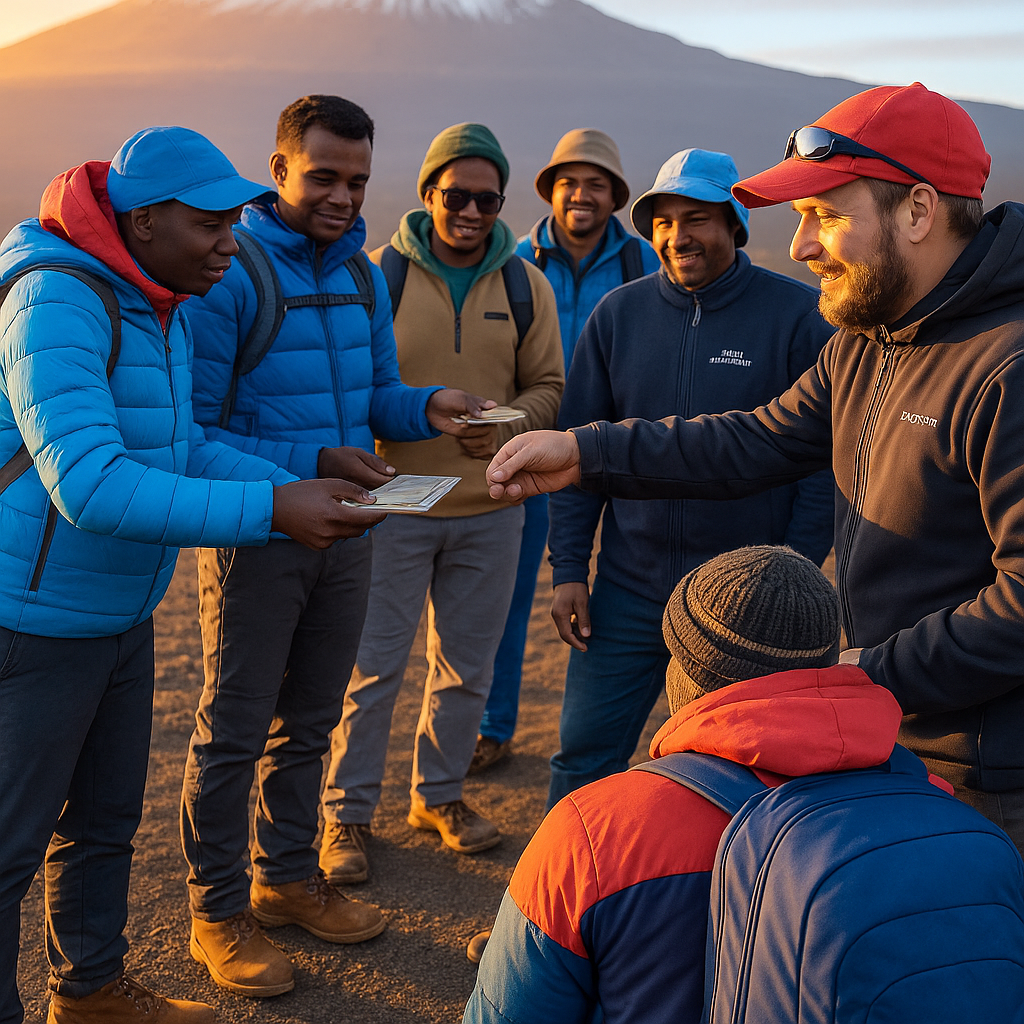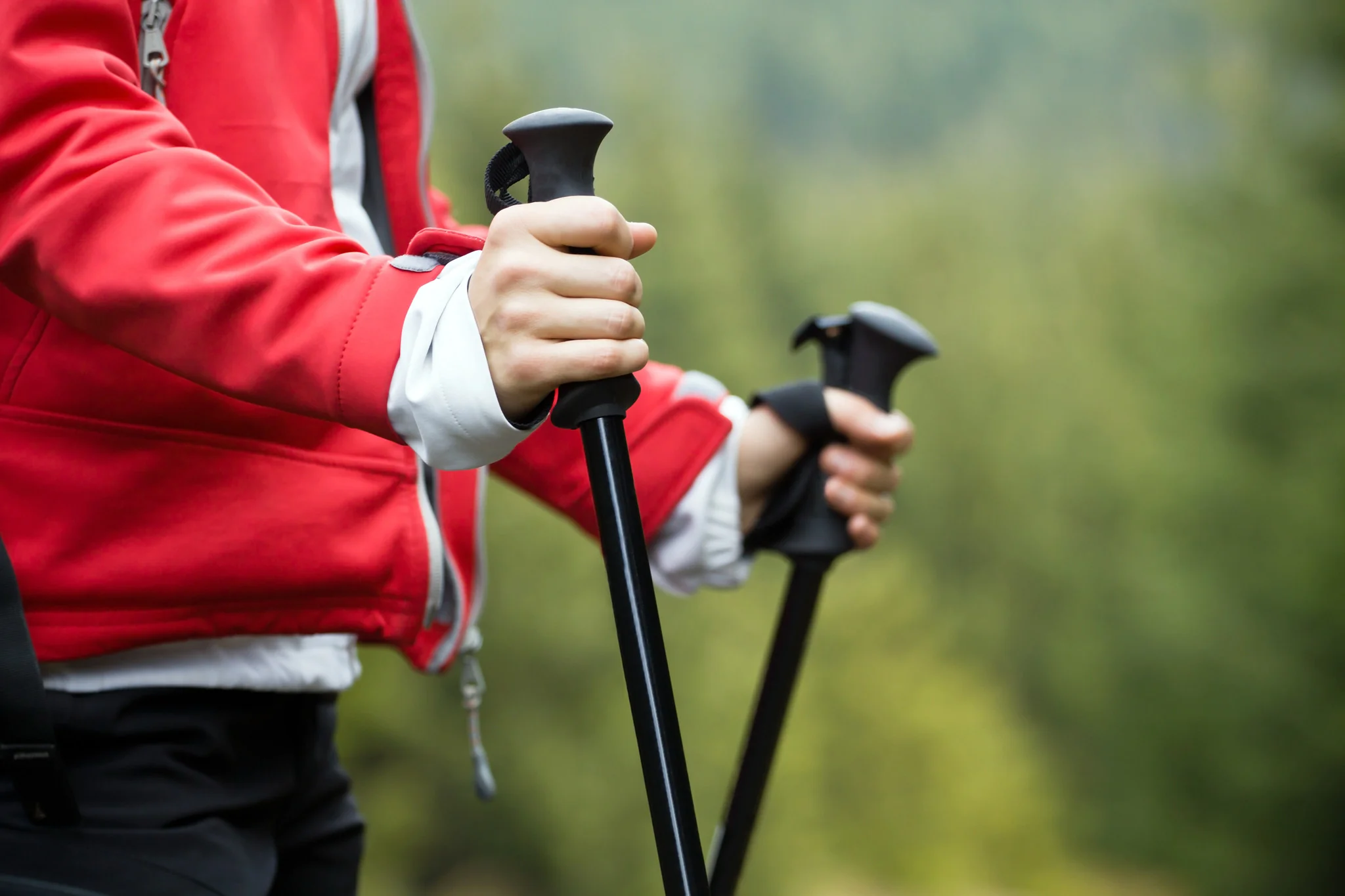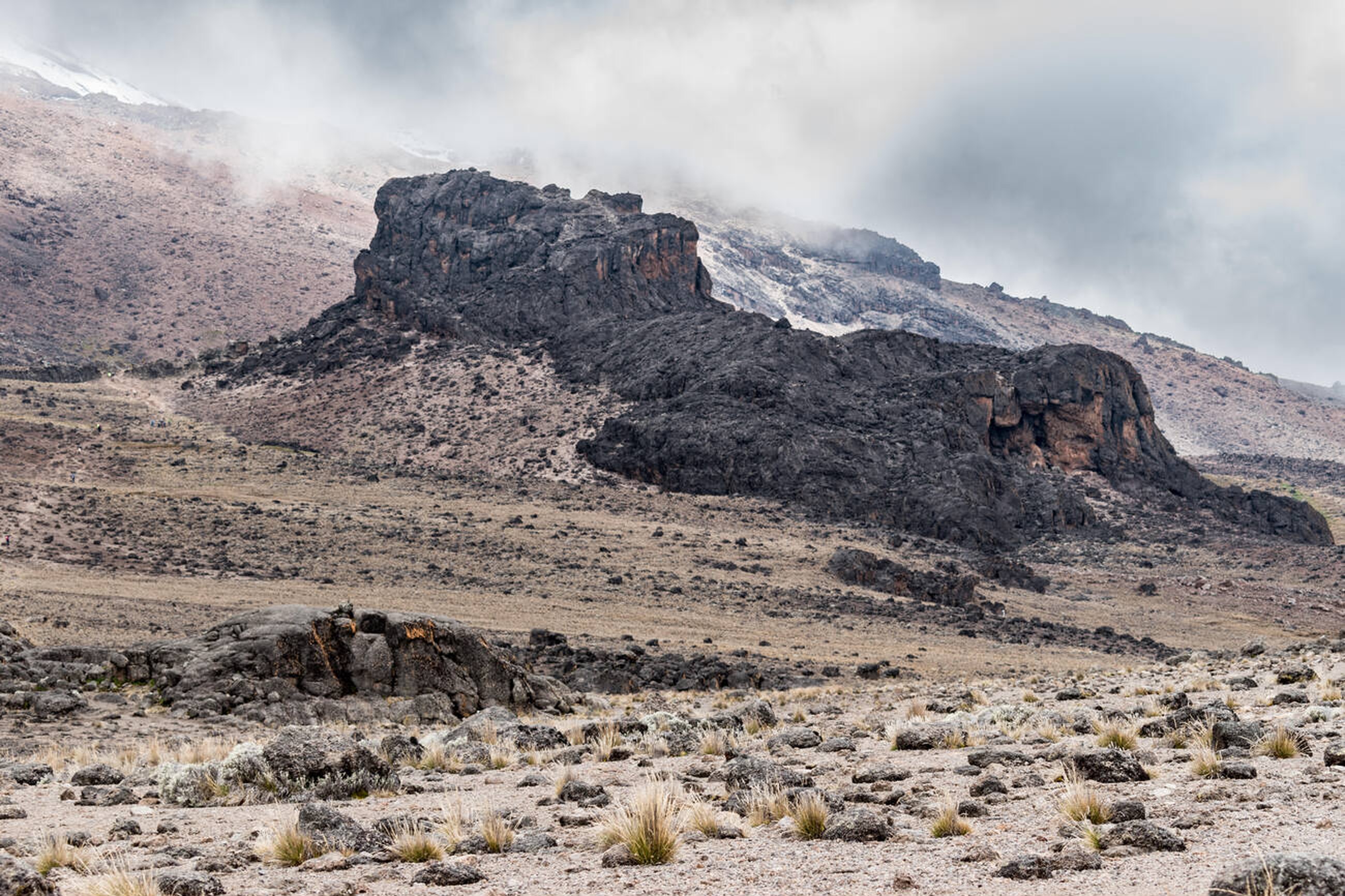Is Diamox Necessary for Climbing Kilimanjaro?
Climbing Mount Kilimanjaro (5,895m/19,341ft), an “extreme altitude” peak, poses significant risks of altitude sickness, a leading cause of summit failure. While supplemental oxygen isn’t required (unlike Everest), Diamox (acetazolamide) is a widely used medication to aid acclimatization. Is it essential? No, but it can significantly improve your chances of a safe, successful climb. Kilisherpas Travel explains how Diamox works, its dosage, side effects, myths, and alternatives.
Disclaimer: This article is for informational purposes only and does not diagnose, treat, or cure any condition. Consult your healthcare provider before using Diamox or other suggestions.
What Is Diamox?
Diamox (acetazolamide) is a prescription sulfonamide medication primarily used for glaucoma, edema, and epilepsy. In mountaineering, it’s valued for speeding acclimatization, reducing the onset and severity of Acute Mountain Sickness (AMS). Per the Wilderness Medical Society, low doses combined with a proper acclimatization protocol lower AMS risk and symptom severity.
Diamox is a preventative (prophylactic) measure, not a cure for altitude sickness. Consult your doctor to confirm it’s safe, especially if you have kidney, liver, or sulfa allergy issues.
How Does Diamox Work?
Diamox accelerates acclimatization by:
- Stimulating Breathing: It forces kidneys to excrete bicarbonate, acidifying blood and mimicking a carbon dioxide buildup, prompting deeper, faster breathing to increase oxygen uptake.
- Reducing Periodic Breathing: It helps stabilize nighttime breathing patterns (Cheyne-Stokes), improving sleep at altitude.
- Diuretic Effect: Increases urination to balance blood chemistry, requiring careful hydration.
Expert Opinion: Diamox enhances your body’s natural adaptation, giving climbers a better shot at summiting safely. It’s a tool, not a guarantee.
Recommended Dosage for Kilimanjaro
The Wilderness Medical Society and Dr. Peter Hackett (Institute for Altitude Medicine) recommend:
- Standard Dose: 125 mg twice daily (morning and afternoon), starting two days before your climb and continuing throughout.
- Alternative Dose: Anecdotal evidence suggests 62.5 mg twice daily may work for some, but consult your doctor.
Kilisherpas Travel Protocol: If cleared by your physician and no sulfa allergies, take 125 mg the morning before your climb, then 125 mg twice daily (afternoon and morning) during the trek.
Trial Run
Test Diamox 2-4 weeks before departure for 2-4 days to check for side effects. This prevents mistaking medication reactions (e.g., nausea) for AMS on the mountain.
Side Effects of Diamox
Common side effects include:
- Increased Urination: Requires diligent hydration (3-4 liters daily).
- Taste Changes: Altered taste of food or drinks.
- Tingling/Numbness: In hands, feet, or face.
- Rare: Nausea, dizziness, or confusion (a trial run helps rule these out).
Interactions: Check with your doctor, as Diamox may interact with other medications. Review labels for prescription/non-prescription drugs.
Myths About Diamox
- Myth: Diamox masks AMS symptoms.
- Reality: It speeds acclimatization but doesn’t hide symptoms if AMS develops.
- Myth: Diamox prevents all altitude sickness.
- Reality: It reduces risk but doesn’t guarantee immunity.
- Myth: Diamox stops AMS from worsening.
- Reality: It won’t protect against progression if symptoms appear—descent is required.
- Myth: You need Diamox to summit.
- Reality: Many summit without it, relying on slow pacing and long routes.
- Myth: Diamox is “cheating.”
- Reality: It’s a legitimate aid to enhance natural acclimatization.
- Myth: Stopping Diamox worsens symptoms.
- Reality: Your body reverts to its natural acclimatization rate without added illness.
Is Diamox Right for You?
Diamox is a personal choice, not a necessity. Some climbers avoid medications, while others use it to maximize summit success. Key considerations:
- Allergies: Avoid if allergic to sulfa drugs.
- Health Conditions: Unsuitable for some with kidney or liver issues—consult your doctor.
- Preference: Decide if you want pharmacological support or prefer natural acclimatization.
Expert Tip: Discuss Diamox with your physician during pre-climb medical checks. A trial run ensures it suits you.
Alternatives to Diamox
No other medication matches Diamox’s proven efficacy for AMS prevention. Unverified alternatives include:
- Ginkgo Biloba: Conflicting studies show minimal or no benefit.
- Coca Leaves: Used in South America, but evidence is anecdotal, not causal.
- Beetroot Juice: May improve blood flow but lacks AMS-specific research.
- Garlic: Anecdotal claims suggest improved blood flow, but no formal studies exist.
Warning: Avoid untested “natural” remedies claiming to cure AMS, as they lack rigorous testing.
Other Medications and Considerations
Ibuprofen
For mild headaches, ibuprofen is safer than narcotics, which slow breathing at altitude. However, report headaches to your guide before taking it, as they may signal early AMS. Masking symptoms risks worsening conditions.
Malaria Prophylaxis
Malaria is a risk in Moshi or Arusha, not above 6,000ft on Kilimanjaro. Malarone is a popular anti-malarial with fewer side effects. Lariam may mimic AMS symptoms, so discuss alternatives with your doctor. Prevent bites by:
- Staying indoors at dusk/dawn.
- Using DEET-based repellent.
- Sleeping under mosquito nets.
- Wearing long sleeves and pants.
- Avoiding crowded areas at night.
Note: Anti-malarials don’t guarantee protection—bite prevention is critical.
Best Practices for Acclimatization Without Diamox
If you opt out of Diamox, maximize acclimatization naturally:
- Choose a Long Route: 7-9 days (e.g., Lemosho, Northern Circuit) for gradual ascent.
- Go “Pole Pole”: Slow pacing (“slowly, slowly” in Swahili) conserves energy.
- Hydrate: Drink 3-4 liters daily to counter dry air and plasma loss.
- Eat Carbs: Per US Army studies, carbohydrates boost ventilation and fuel exertion.
- Stay Warm: Prevent hypothermia with layers and dry clothes.
- Report Symptoms: Inform guides of headaches, nausea, or discomfort immediately.
Kilisherpas Travel’s Safety Measures
Our expeditions prioritize safety to manage altitude risks:
- Twice-Daily Health Checks: Using pulse oximeters and the Lake Louise Scoring System.
- WFR-Certified Guides: Trained for AMS treatment and evacuation.
- Emergency Equipment: Oxygen canisters, Gamow bags (premium trips), stretchers, and medical kits.
- Helicopter Evacuation: Partnerships with Kilimanjaro rescue services.
Is Diamox Essential for Kilimanjaro?
No, but it’s a proven tool to reduce AMS risk and enhance acclimatization. With or without Diamox, slow pacing, long routes, and vigilant symptom reporting are key. Kilisherpas Travel’s 95%+ summit success rate and 20,000+ safe ascents since 2021 ensure you climb with confidence.
Ready to plan your Kilimanjaro adventure? Contact Kilisherpas Travel to choose the right route or discuss Diamox. Share questions or experiences in the comments!


